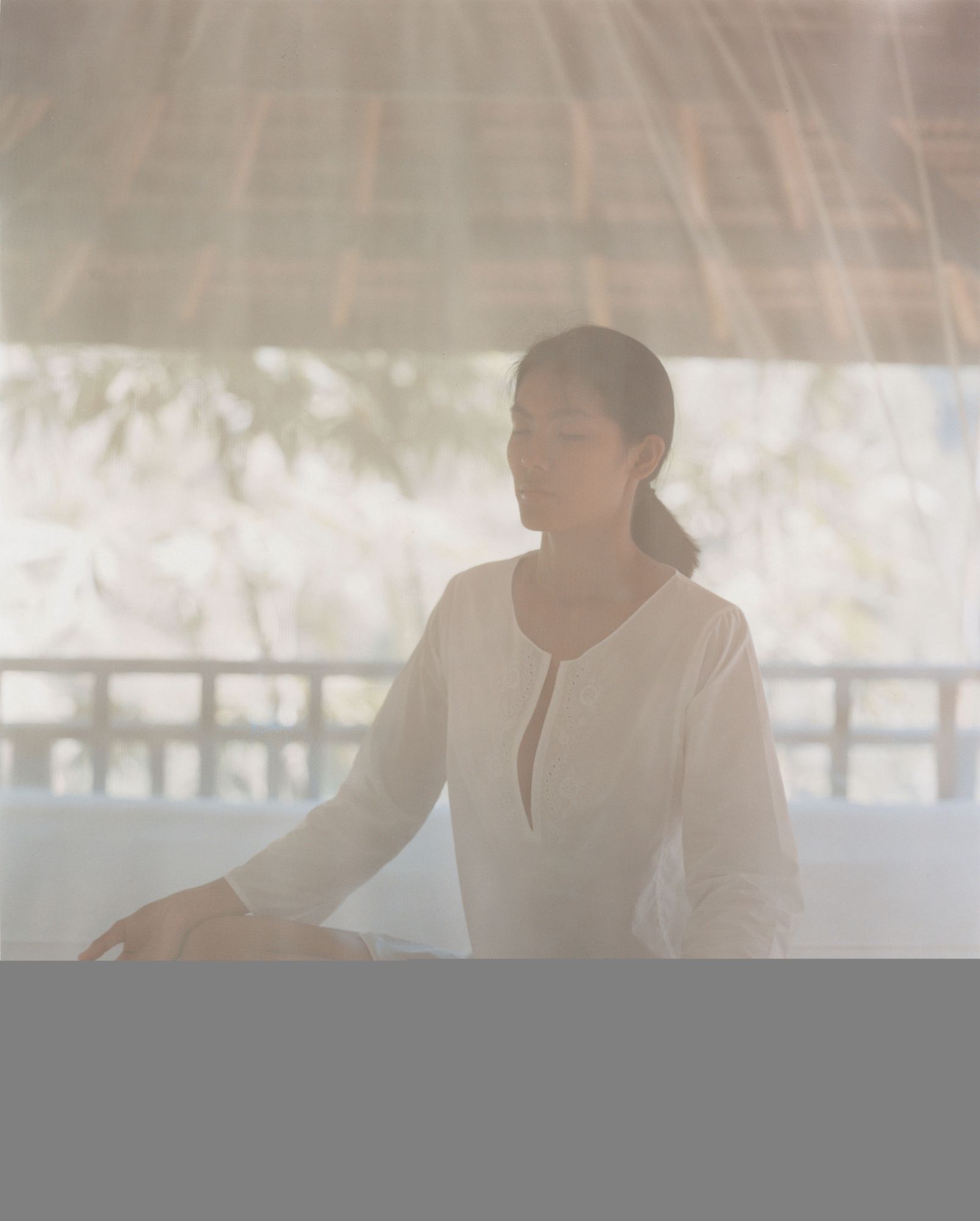Heavily influenced by the principles of Ayurveda, Como's wellness programmes, or “retreats for change” are adjusted to each individual’s needs, and guests are educated on adopting lifestyle practices and healthier diets for a continuous journey towards wellbeing. With the pandemic keeping us indoors, the wellness brand has been sharing tips to maintain our health at home. Here are three Ayurvedic breathing techniques that can help you cope with anxiety:
1. Basic breath awareness
Lying on your back, with your feet flat on the floor, place your hand on your abdomen and breathe normally. At this point you don’t have to do anything; just observe the rise and fall of your breath and be aware of any tension you might feel.
Then, start to consciously make your breathing as relaxed and smooth as possible. You can take a slight pause between each inhale and exhale if this helps.
Bring your attention to the movement of your body: you will notice the way your abdomen is expanding and contracting with the rise and fall of your breath.
Try to actively expand the abdomen on the ‘in’ breath and contract the abdomen on the ‘out’ breath to support the natural breathing process.
Continue for another six to 12 breaths.
2. Sitali Pranayama (The cooling breath)
Settle into a comfortable seated position, either on the floor or on a chair, ensuring your back is straight and your shoulders are relaxed. Close your eyes and take in a few natural breaths.
Open your mouth and form an ‘O’ shape. Form a straw shape with your tongue by curling in each side towards the centre and inhale through your tongue.
At the end of your inward breath, bring your tongue back inside your mouth and exhale slowly through your nose.
Repeat for eight to 12 breaths.
3. Ujjayi Pranayama (The ocean breath)
This breathing technique reduces the amount of air that you inhale through your throat, encouraging longer and more controlled inhalations and exhalations.
Get into a comfortable cross-legged position, relax your shoulders and close your eyes. Bring your attention to your breath and start to breathe through your mouth.
Start to slightly contract your throat so that the air makes a slight rasping noise on the exhale. Once you have perfected this, do the same constriction of the throat on the inhale.
Close your mouth and start to breathe through your nose, creating the same constriction in the throat as when you were breathing through your mouth.
As you breathe through your nose, you will continue to make a loud exhalation noise.
Follow more wellness content from Como on Instagram.




